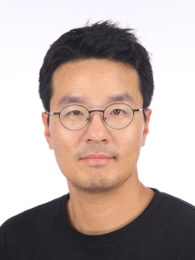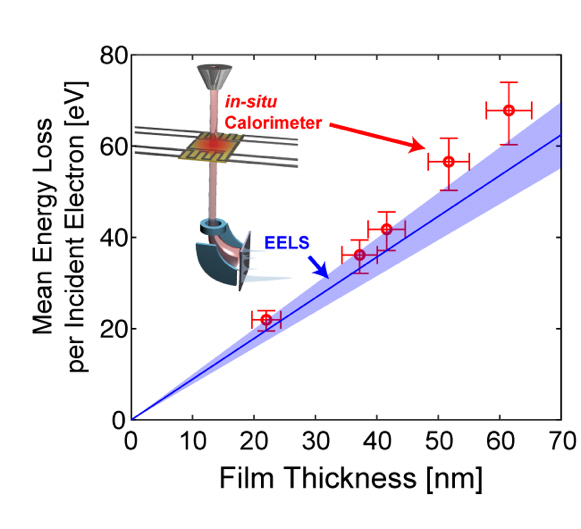Prof. Wooseong Park uncovers energy conversion mechanism for electron beams, first in the world
- Views 8318
- Writer 커뮤니케이션팀
- 보도일자 2021-02-05
Professor Wooseong Park's research team at the Department of Mechanical Systems Engineering has unveiled the world's first principle of heat generation via projecting materials with electrons moving at a speed close to light. This is expected to increase the accuracy of observation through a transmission electron microscope and be widely used for research of various materials.
This research was conducted with the support of the National Research Foundation of Beginning Independent Researcher Program, and the research results were published on December 21 in the internationally renowned journal “Advanced Science.” (Name of paper: Direct Quantification of Heat Generation Due to Inelastic Scattering of Electrons Using a Nanocalorimeter)

An electron microscope is widely used to observe the structure of materials. It has greatly expanded the visible spectrum by using the phenomenon of electrons’ wavelengths being shorter than that of visible light when electrons move at a high speed. In particular, a transmission electron microscope is a device capable of visualizing electrons down to the atomic level using the transmitted electrons by accelerating electrons at a speed close to light and projecting them onto a sufficiently thin material. These electron microscopes have made great strides in materials and bio research.
However, according to Professor Park, the energy of the electron beam generated when using a transmission electron microscope interferes with the accurate observation of the material because it locally increases the temperature in the process of being transmitted to the object to be observed, causing changes in the structure and properties of the material. Therefore, it is necessary to accurately measure the energy transferred from the electron beam to the material and understand the transfer mechanism.
Accordingly, a joint research team of Professor Park, Stanford University’s Dr. Joonseok Park, Dr. Kiho Bae, Dr. Taeho Kim, and Prof. Goodson developed an ultra-precise calorimeter to measure the amount of heat generated when transmitting an electron beam. By accurately measuring the amount of heat generated by the electron beam in a transmission electron microscope and measuring the energy loss distribution of electrons, they revealed the fact that the electrons are converted into heat is mainly because the outermost electrons around the atom collide with the projected electrons to transfer energy.

Professor Park said, “There have been efforts to study heat generation by electron beams before, but it’s application was difficult due to the lack of accuracy and differences between materials,” and “In this study, we used a different approach and succeeded in identifying the energy conversion mechanism for the first time in the world by measuring the total calorific value instead of the local temperature.”
Through this study, it became possible to predict heat generation using the electron energy loss distribution measurement method EELS (Electron Energy Loss Spectroscopy), enabling various temperature tests within a transmission electron microscope. Professor Park said, “It is expected that a more accurate study of material properties will be made by laying the foundation for understanding the structure of atoms and electrons that determine the properties of materials at the micro level and the temperature that affects the properties of materials at the macro level."



